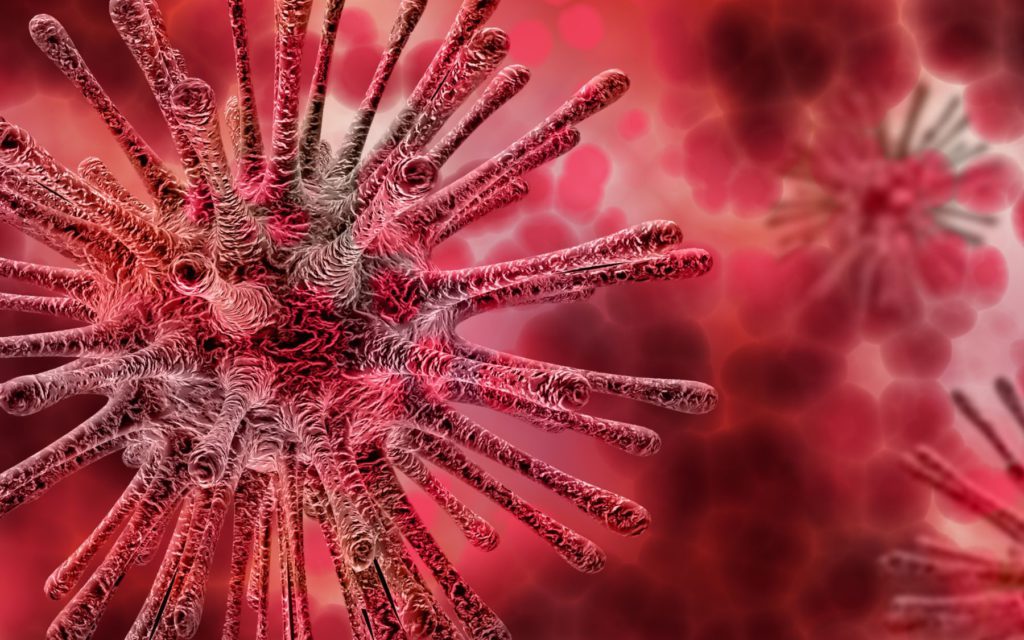A lesion is a broad term to describe a change in tissue, including infections or injuries. A penile lesion can occur at any age and be the result of any number of conditions. Some lesions will look somewhat red or scaly, and they may also cause pain or itching to the effected person. There are a number of reasons why men develop lesions on this part of their body, but usually, sexually transmitted diseases (STDs) are some of the most common.A common forms of penile skin lesions are genital warts. This is caused by the human papilloma virus (HPV) the warts appear as flat or raised, more often as cauliflower-like genital lesions on the penile shaft or the pubic area. Genital warts often appear on the penis and especially underneath the foreskin.They can also be situated in the urethra (the urinary pipe) and may be visible poking out of it, and can also appear in the area around the anus.
One of the most benign and most harmless types of penile lesions are pearly penile papules. Pearly penile papules are usually small and can be filiform or dome-shaped and they usually appear on the tip of the penis.Benign lesions or lumps on the penis may be surgically excised for cosmetic reasons or because they are causing discomfort.
There are four types of penile lesions: infectious, inflammatory (noninfectious), neoplastic and traumatic lesions. Examples include:
Infectious
Human papillomavirus virus (HPV) or other sexually transmitted diseases.
Inflammatory
Contact dermatitis and other rashes.
Neoplastic
Cancerous growths
Traumatic
Sports-related injuries or other traumatic incidents.
If you would like to speak to our team about red lesions or other treatments, please call us on 0161 327 1269 or email us at info@urologyclinics.co.uk. We also offer treatment for other urological cancers.
This article is intended to inform and give insight but not treat, diagnose or replace the advice of a doctor. Always seek medical advice with any questions regarding a medical condition.






0 Comments